The Art of Creation: Shadows and Scars
October 23, 2025 - David Morrison's exceptional attention to detail helps expose the extraordinary designs and patterns of "ordinary" natural objects. By Louise Conner
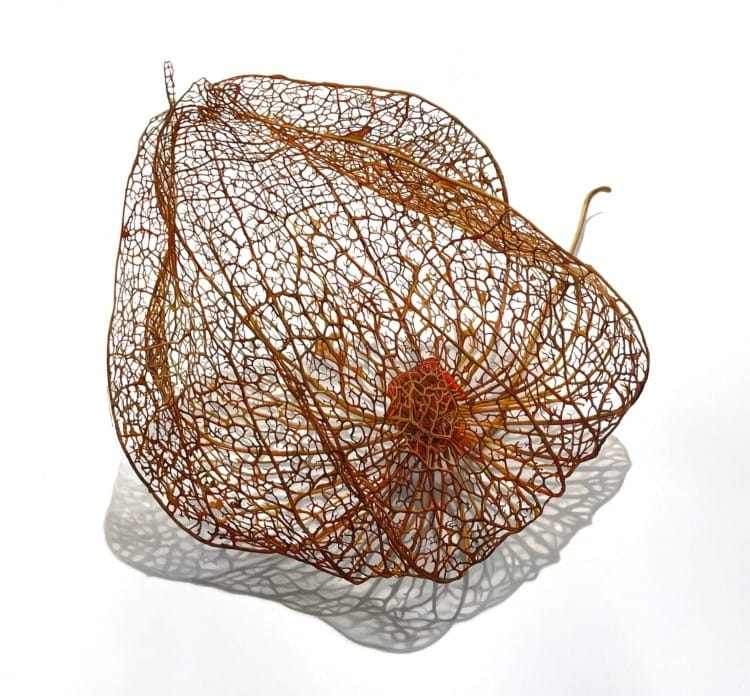
As I walk outside during fall, things become visible that aren’t as visible in other seasons of the year. Trees shed their leaves, highlighting the skeletal shape of the tree, whether it be a thin and erect poplar or a sprawling and casual sycamore. The soft tissue of the fallen leaves begins to decay, leaving behind only the structure of veins. Bird nests usually obscured by leaves are exposed. Details that are overshadowed by abundant foliage become highlighted in the specificity of the minimal.
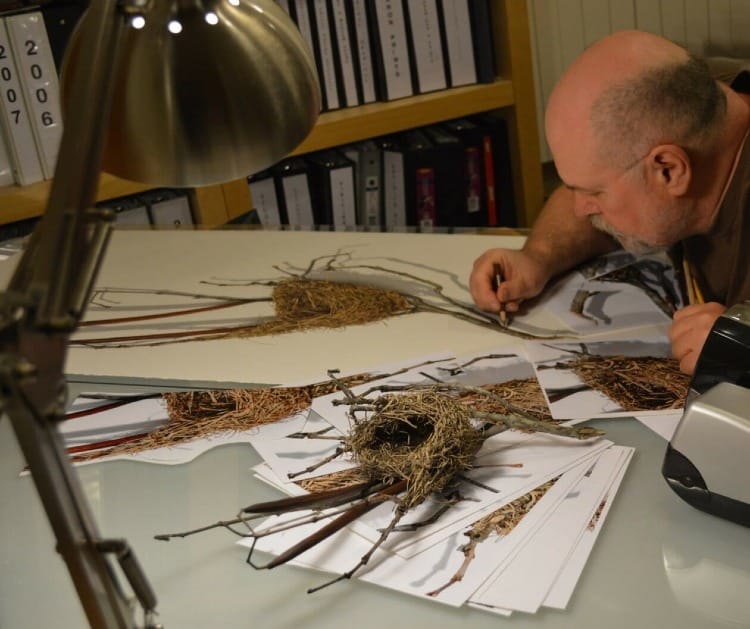
In the same way, the colored pencil drawings of artist David Morrison call us to look closely at the specific and notice the hidden structure of things. His exceptional attention to detail helps expose the extraordinary designs and patterns of "ordinary" natural objects which often elude our notice. As a printmaker, Morrison was always obsessed with perfection when creating his art and this has carried into his new emphasis on drawings, such as those I share today. Printmaking requires many steps and layers of exactitude which are echoed in the process he uses in drawing. He adds one layer of colored pencil on top of another in the same careful way that he built one transparent layer on top of another when printmaking.
Morrison takes 20 to 30 photos of the object he wants to draw, using different angles and varied lighting. He will choose three photographs to work from—one light, one medium, and one dark—as well as the object itself. Having these three photographs on hand is especially useful in his creation of shadows, which is an important element in adding dimensionality to his work.
As he adds the colored pencil layers on top of each other, he adjusts the pressure he applies to create the effect he desires. It is slow and exacting work. Using a headband magnifier, he holds his face very close to the paper on which he is drawing. Each square inch takes three to four hours to complete.
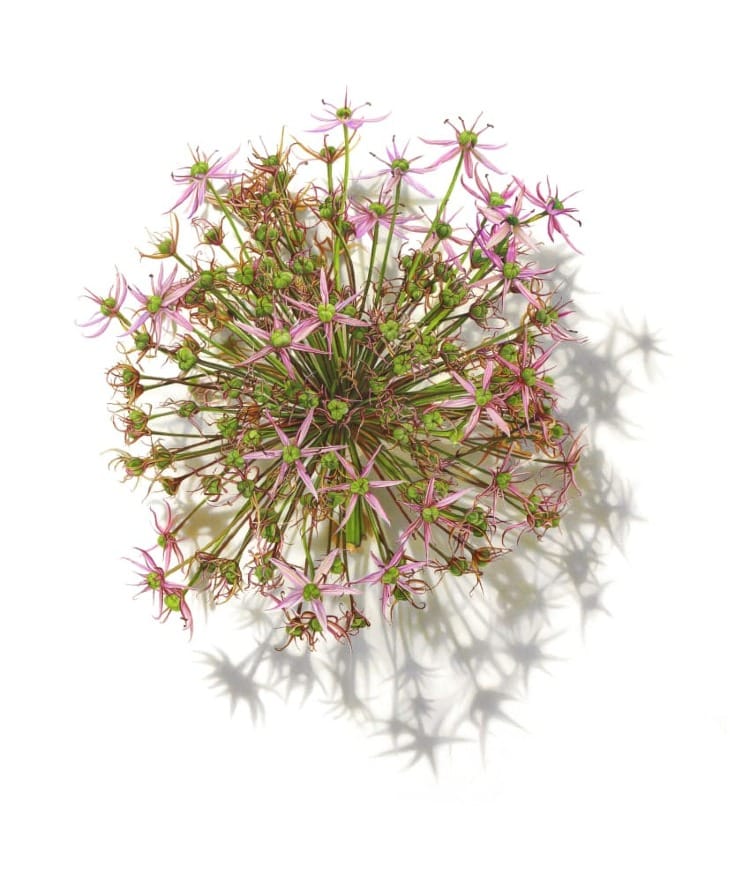
Before retiring, when he taught at the Herron School of Art and Design at Indiana University, his first priority was teaching students how to see better.
He says, “They think they already know how to look and how to see. But I tell them we’re going to really look. I ask them to describe every little part of an object, not to generalize. We spend two weeks looking and observing. I want them to see how incredible the objects are. I have them draw their fingernail, looking at the ridges and colors and patterns, and how it grows. They’re always amazed at how much they haven’t seen.”
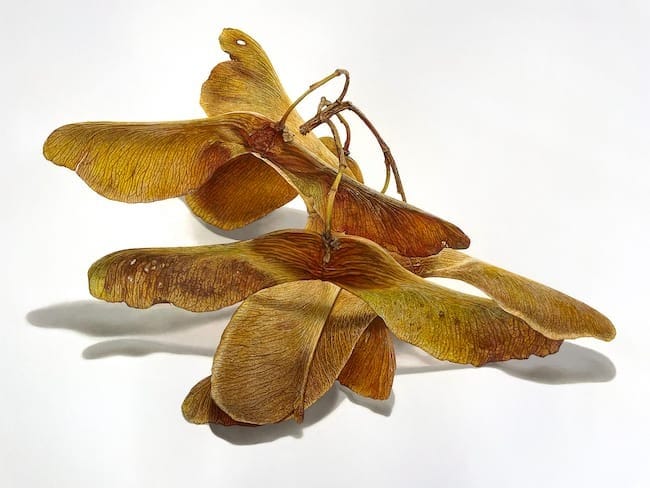
Morrison is drawn to the effect that decay, disease, age, and imperfection have on plants, how the plants respond, and the particular beauty those conditions create. As he has said, "Drawing nature, for me, is discovering the life of an item. The details of that life are portrayed where it shows its age, scars and other damage marks made by insects or disease."
And, "...when we look at nature, we can see how the environment has modified a plant and learn about its life. These fallen branches and things show a process of degeneration and a kind of rebirth, of returning back into the ecosystem."
Morrison doesn't choose perfect specimens for his drawings. He is intrigued by plant scars and all the little blemishes that make a specimen unique. Each blemish and scar reveals something about the life of that subject through its experience with insects, disease, or storm damage. Morrison finds the experience reflected through those imperfections much more interesting than a flawless, unscathed object.
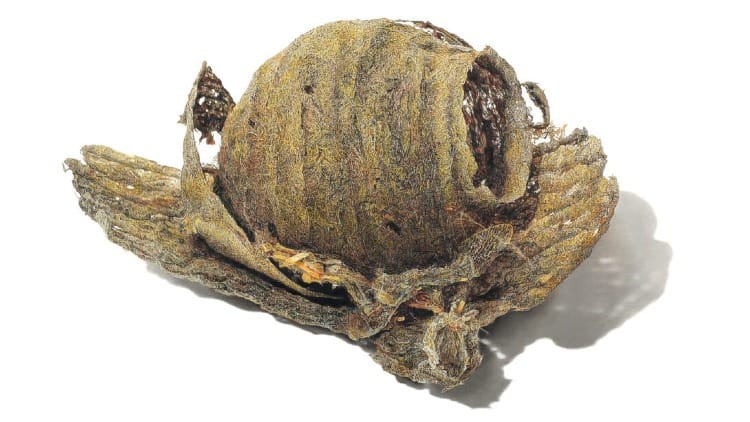
Through the detail Morrison incorporates into his drawings, the viewer is enabled to see in a new and more in-depth way—something like what he taught his students. The carefully drawn detail focuses attention on the subject more than even the physical object might do on its own.
In the “Paper Wasp” piece pictured above, we experience a feeling of texture created through subtle color variations, along with differences in thickness and transparency, and a surface that appears pocked and uneven. We see individual strands running through the nest, with a resulting drawing that seems real enough to make you want to turn it to see the other side. The careful detail shows a kind of respect for the object that elicits the viewer’s respect as well.
According to Morrison, ‘I want to take the ordinary and give it iconic status. The viewer discovers not only the intricate detail (only a small portion of the detail in the actual object) as well as the abstract quality of that detail.”
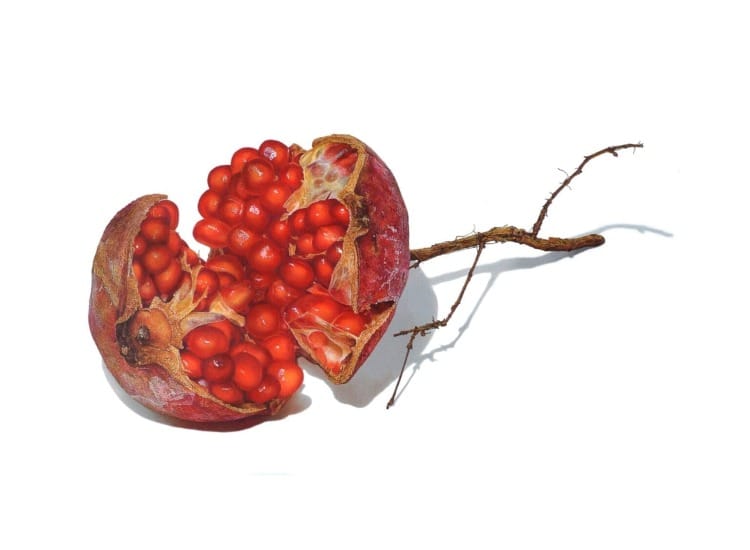
By placing the object on a white background, distractions are eliminated, and attention is centered on each detail of the object itself. The blankness of the background also sets the stage for the distinct shadows he creates in his drawings. The white background is a perfect backdrop for his shadows that suggests an overhead light shining on the object.
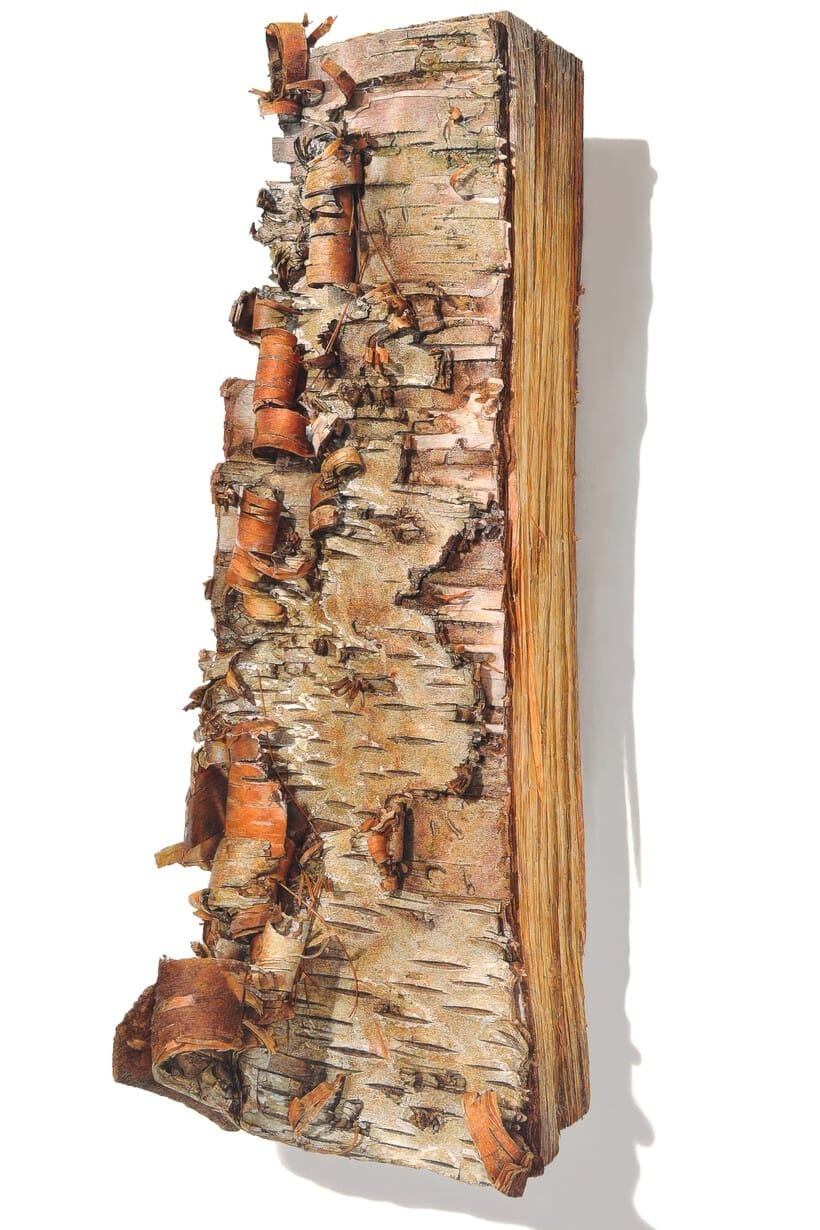
Through his work, we too can learn to see better just by paying attention to a piece of his artistry. His attention to detail and his ability to recreate it on paper can help us look more closely at what is around us and find the fascination and beauty within it.
For me, these details, textures, patterns point also to the Creator, who made not just the blatantly beautiful, but the small, the warped, and the decayed, all of which are bursting with beauty and design. The closer I look at anything around me in nature (which is what Morrison's art helps me do), the more awed and amazed I am.
You can see more of David Morrison's work or learn about the workshops he gives at his website
Feel free to leave a comment below (you can sign in through your email) or contact me directly at louise.conner@circlewood.online.
Louise


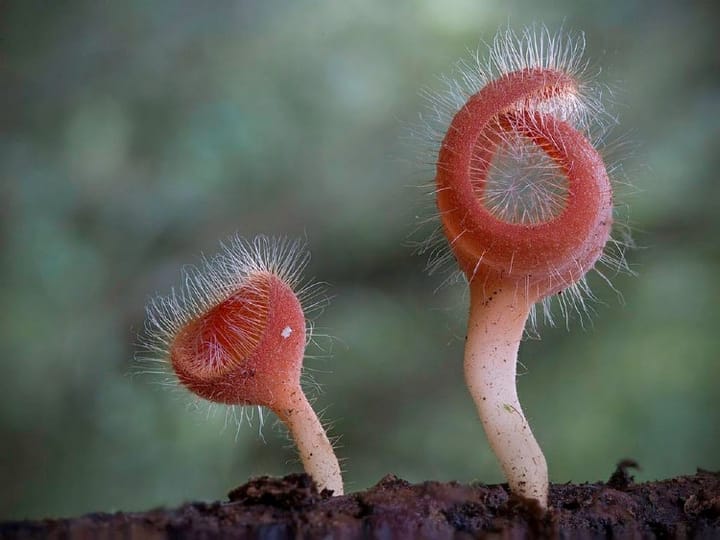

Comments ()